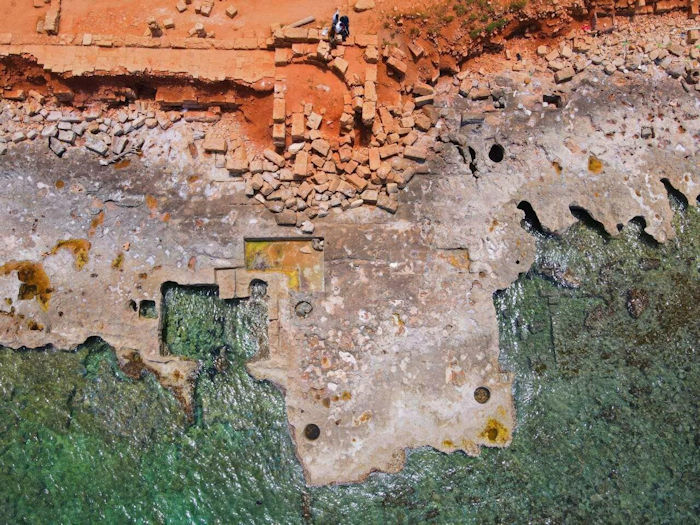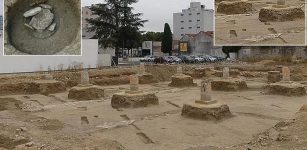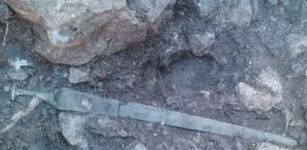Archaeological Sites At Risk From Coastal Erosion On The Cyrenaican Coast Of Libya
Jan Bartek - AncientPages.com - Archaeological sites along the Libyan shoreline are at risk of being damaged or lost due to increasing coastal erosion, according to a new study.
The Cyrenaican coast of Eastern Libya, stretching from the Gulf of Sirte to the current Egypt-Libya border, has a long history of human occupation back to the Paleolithic era, and it therefore hosts numerous important and often understudied archaeological sites.
However, the coastline also experiences high rates of erosion which threatens to damage or even erase many of these important sites. Detailed assessments of coastal erosion and vulnerability of archaeological sites are available for other important coastlines, but not yet for this one.
Present-day erosion impacts at Apollonia. A) Erosion of the Roman road (decumanus) in front of the Byzantine installations. B) eroding edge in front of the Byzantine Installations and Roman bath. C) eroding edge in front of the insula. Also indicated is the stretch of backshore where undocumented buildings and mosaics are eroding out. D) Example of a mosaic floor exposed by backshore erosion (photos A and D: 2019, S. Buyadem; photos B and C: 2021, F. El-Gumati). Credit: Westley et al, 2023, PLOS ONE, CC-BY 4.0
This study combined historical and modern records of the Cyrenaican shoreline using aerial and satellite imagery and field observation to assess patterns of coastal erosion near important archaeological sites. Near the sites of Apollonia, Ptolemais, and Tocra, they identified extensive shoreline erosion and increasing rates of erosion in recent years, likely linked to human activities such as sand mining and urbanization.
Their results show that current rates of coastal erosion are already a major problem for these sites and are likely to increase in the future with further human activities and rising sea levels due to climate change, putting these sites at risk of progressive damage and loss of valuable historical information.
Recent drone image (2022) showing damage to archaeological structures at the ancient harbor of Apollonia (Eastern Libya) caused by coastal erosion. Credit: Saad Buyadem, CC-BY 4.0
The authors stress the need for detailed management and mitigation plans to protect these sites, as well as the need for increased awareness of the factors that exacerbate coastal erosion. They also urge further research to investigate other sites along this and other Mediterranean coastlines to assess the full extent to which our understanding of human history is threatened by coastal erosion.
The authors add, "The impact of erosion here is considerable and could get worse in the future. Our research highlights the critical need to support our Libyan colleagues in mitigating the damage to these endangered and irreplaceable heritage sites."
The study was published in PLOS ONE
Written by Jan Bartek - AncientPages.com Staff Writer






















